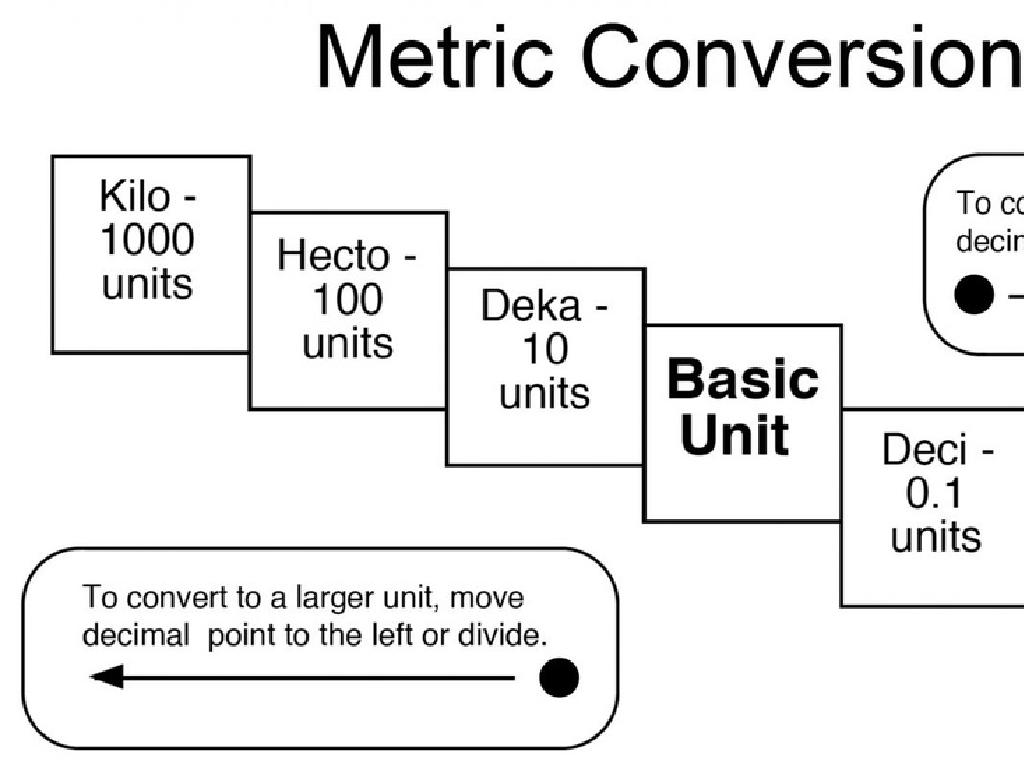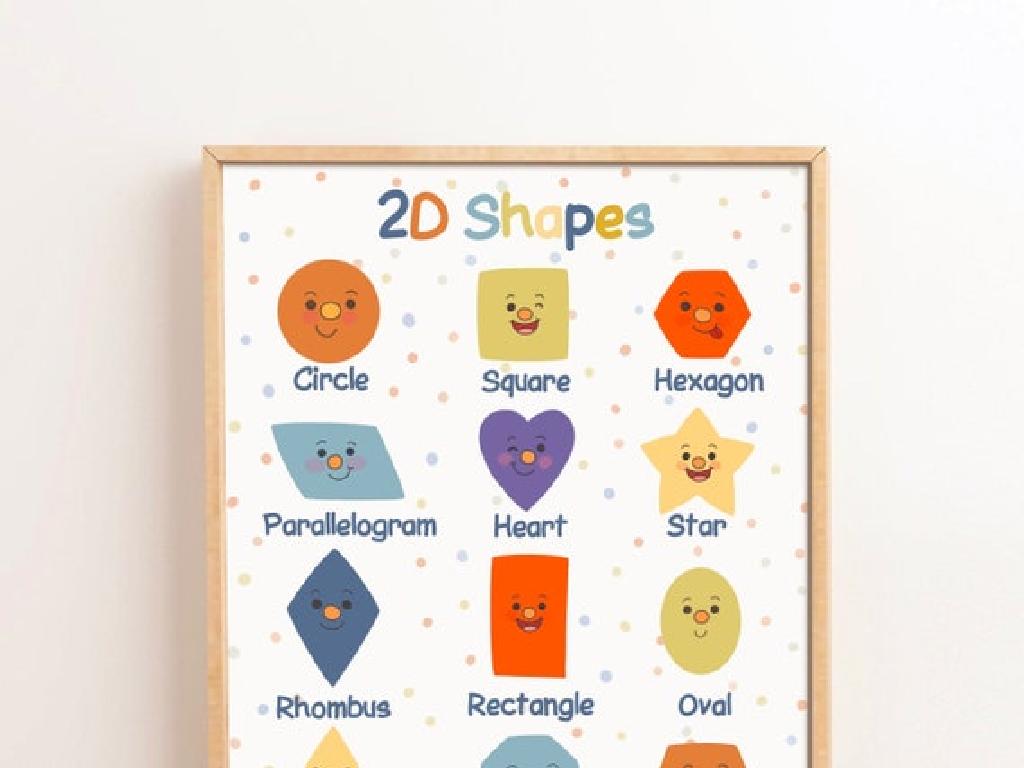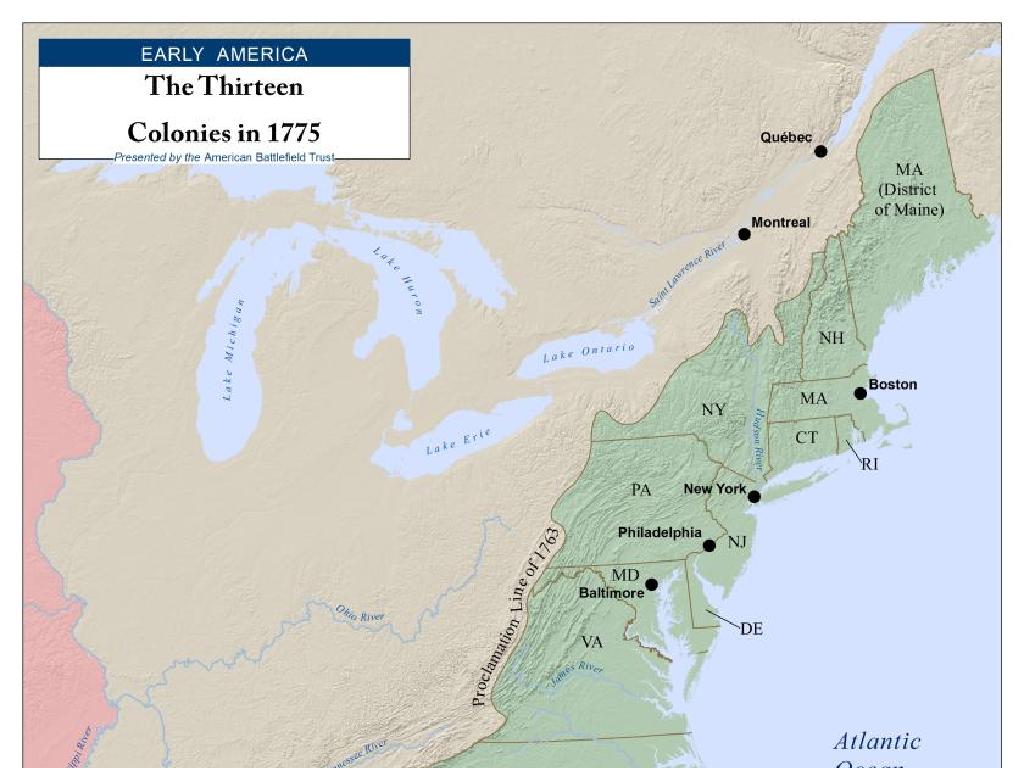Complete The Words With Silent Letters
Subject: Language arts
Grade: Second grade
Topic: Consonant Blends And Digraphs
Please LOG IN to download the presentation. Access is available to registered users only.
View More Content
Today’s Adventure: Silent Letters in Words!
– Exploring Silent Letters
– What are Silent Letters?
– Letters that we write but don’t say, like the ‘k’ in ‘knight’
– Everyday Words with Silent Letters
– ‘Knee’, ‘honest’, ‘gnome’, ‘comb’ are a few examples
– Practice with Silent Letters
– Find words in a story and write them down
|
This slide introduces the concept of silent letters to second graders, which can be a tricky part of English spelling. Begin by explaining that silent letters are letters that appear in words but are not pronounced when we say the word. Provide examples that are common and relatable to the students, such as ‘knee’ where the ‘k’ is silent, or ‘comb’ where the ‘b’ is silent. Encourage students to think of other examples and share them with the class. For homework or class activity, have students look for words with silent letters in their favorite books or stories, write them down, and bring them to class for discussion. This will help reinforce their understanding of silent letters and improve their spelling skills.
Understanding Silent Letters
– Silent letters are unseen in pronunciation
– Reasons behind silent letters
– Historical, linguistic evolution reasons
– Silent letters in blends and digraphs
– Blends: two letters, one sound; Digraphs: two letters combine for a new sound
– Practice with common silent letter words
– Examples: ‘k’ in ‘knight’, ‘w’ in ‘write’
|
This slide introduces the concept of silent letters to second graders, explaining that while these letters are written, they are not pronounced. Discuss the historical and linguistic reasons for silent letters, such as words borrowed from other languages. Explain that silent letters can appear in consonant blends, where two letters make one sound, and in digraphs, where two letters make a new sound. Provide examples and encourage students to practice identifying and writing words with silent letters. This will help them understand the complexity of English spelling and improve their reading skills.
Silent Letters Adventure
– Silent ‘k’ in words
– Words like ‘knee’, ‘knife’, ‘knock’
– Silent ‘w’ in words
– Words like ‘write’, ‘wrap’, ‘wrist’
– Discover more silent letters
– Practice with fun activities
– We’ll play games to learn more silent letters
|
This slide introduces the concept of silent letters to second-grade students, focusing on ‘k’ and ‘w’. Start by explaining that silent letters are letters that we don’t hear when we say a word, even though they are there when we write it. Provide examples for ‘k’ and ‘w’, and then engage the class by asking if they can think of any other words with silent letters. Encourage participation and praise their efforts. Conclude with a promise of fun activities in the next class to practice identifying and using words with silent letters, such as word searches or silent letter hunts.
Practice Time: Silent Letters
– Fill in blanks with silent letters
– Example: _nee (knee), _rite (write)
– ‘k’ is silent in ‘knee’, ‘w’ is silent in ‘write’
– Partner up for worksheet activity
– Help each other find silent letters
– Share answers with the class
– Discuss what you learned with everyone
|
This slide is designed for a classroom activity to practice identifying and writing silent letters in words. Begin by explaining that silent letters are letters that are not pronounced when saying a word. Show the examples provided to illustrate how silent letters work. Then, instruct the students to pair up and work together to complete a worksheet where they fill in the blanks with the correct silent letters. After completing the worksheet, have the pairs share their answers with the class to reinforce learning and encourage collaboration. This activity will help students recognize patterns in spelling and improve their understanding of silent letters in words.
Silent Letter Rules
– Some silent letters have rules
– ‘k’ is silent before ‘n’ in words
– Like in ‘knee’, ‘knife’, or ‘knight’
– Learn rules for silent letters
– Rules help us know when not to say letters
– Practice makes perfect
|
This slide introduces the concept of silent letters to second-grade students, emphasizing that while not all silent letters follow rules, there are some patterns we can learn. Start by explaining that sometimes in English, we see letters in a word that we do not pronounce, and these are called silent letters. Give examples where ‘k’ is silent when it comes before ‘n’ at the beginning of words. Encourage students to think of other words they know that might have silent letters. Introduce a few simple rules or patterns to help them remember when certain letters are silent. Use engaging activities like a silent letter word hunt or a matching game to reinforce the rules. The goal is to make students comfortable with the concept of silent letters through practice and repetition.
The Silent Letter Challenge Game
– Understand silent letters
– Circle silent letters on board
– Words like ‘knee’ and ‘knife’ have silent ‘k’
– Team game to find silent letters
– Work together and use your knowledge
– Prize for the winning team
|
This slide introduces a fun and interactive classroom game to help second-grade students understand the concept of silent letters within words. The game is designed to reinforce the lesson on consonant blends and digraphs. Divide the class into teams and provide them with a list of words on the board or on paper. Instruct them to find and circle the silent letters in each word. Examples of words with silent letters can be ‘knee’, ‘knife’, ‘write’, ‘gnome’. The first team to correctly identify all the silent letters wins a small prize. This activity encourages collaboration, quick thinking, and application of the lesson on silent letters. It’s a great way to make learning interactive and fun, ensuring the students are engaged and reinforcing their understanding of the topic.
Class Activity: Silent Letter Hunt
– Let’s hunt for silent letters
– Find objects with silent letters
– Like ‘k’ in ‘knee’ or ‘w’ in ‘wrist’
– Write the words you find
– Circle the silent letters
– Show us the silent letters you’ve found
|
This activity is designed to help students recognize and understand silent letters in words. Set up the classroom with various objects that have silent letters in their names. Guide the students to look around the classroom and find these objects. Once they find an object, they should write down the word and circle the silent letter(s) in it. For example, ‘knee’ has a silent ‘k’, and ‘wrist’ has a silent ‘w’. This will help them remember that not all letters in a word are pronounced. After the hunt, have a discussion about the words they found and the silent letters in them. This interactive activity not only makes learning fun but also reinforces their understanding of silent letters in a memorable way.
Wrapping Up Silent Letters
– Recap on silent letters
– We learned that some letters are not pronounced.
– Importance of silent letters
– They show word origins and affect pronunciation.
– Share a word with a silent letter
– Think of ‘knight’ where ‘k’ is silent.
– Review and practice
|
As we conclude today’s lesson, let’s review what we’ve learned about silent letters. These are letters in words that we don’t say out loud, but they’re still important for spelling. Understanding silent letters helps with reading and recognizing patterns in English. Ask students to share one word they remember that includes a silent letter, like ‘knight’, where the ‘k’ is silent. This reinforces their learning and helps them remember the concept. Encourage them to practice spelling with silent letters and to look for more examples in their reading at home.






